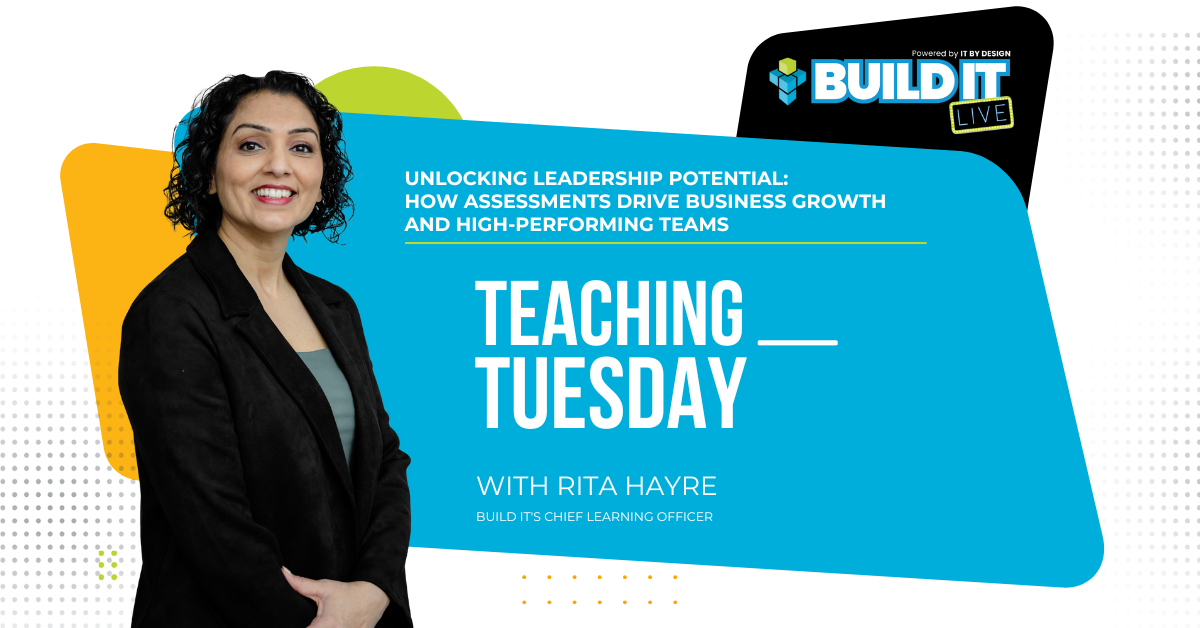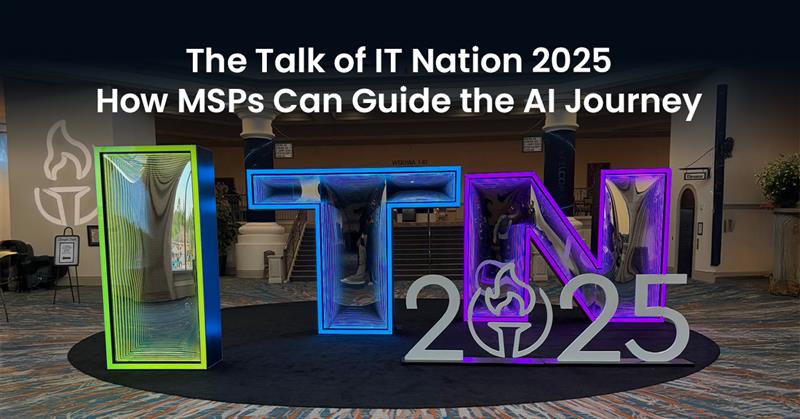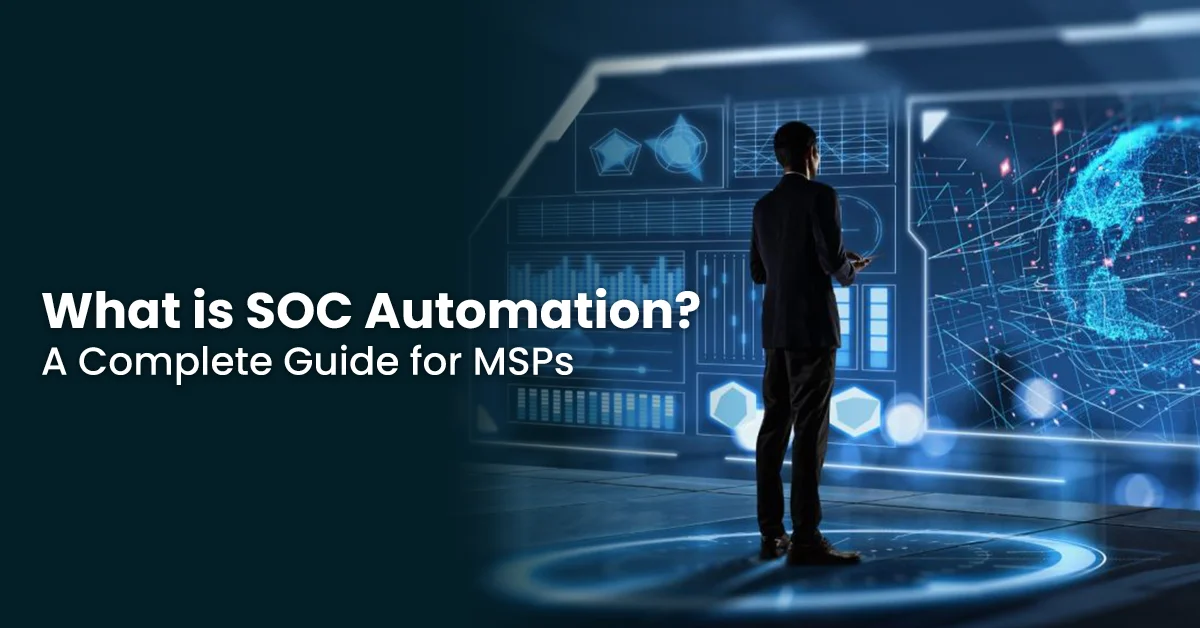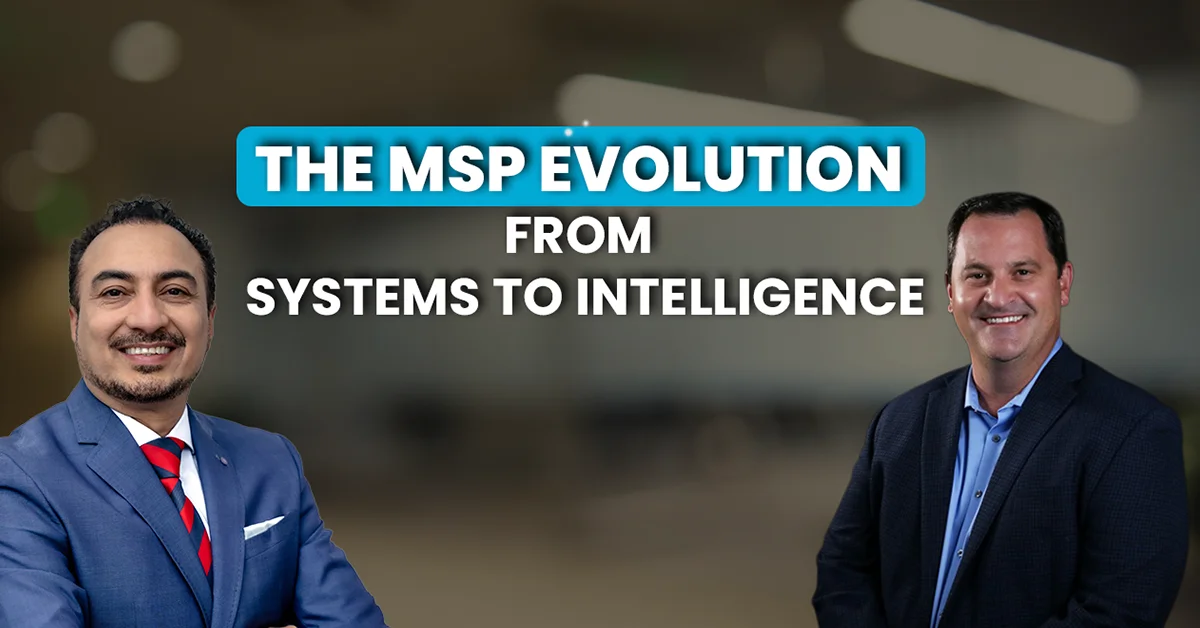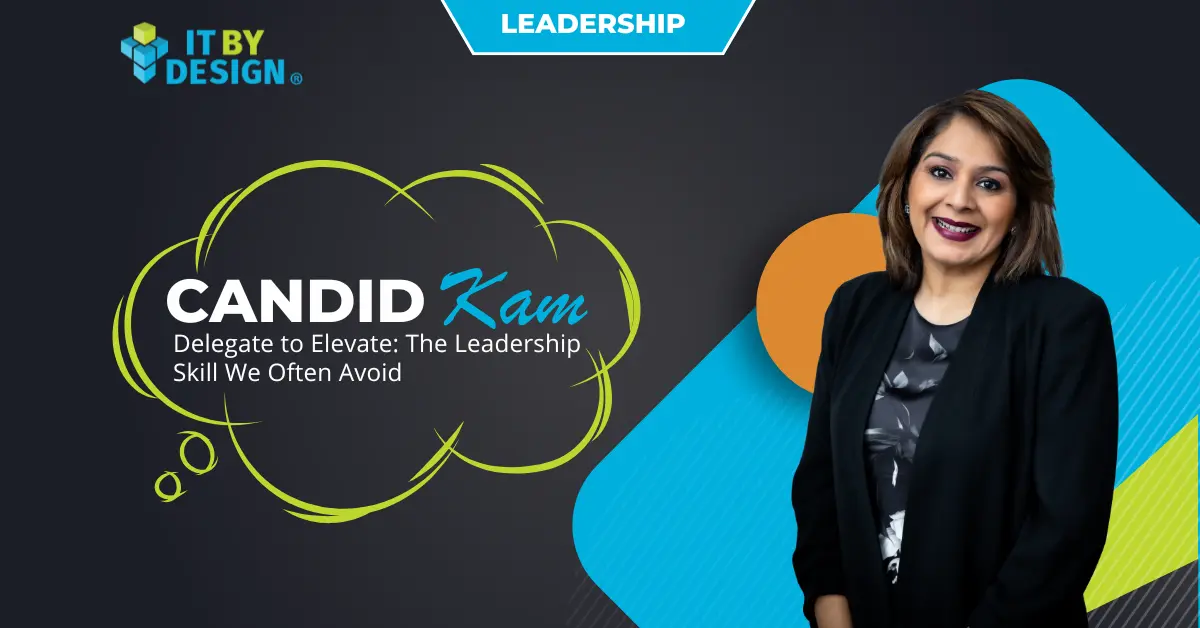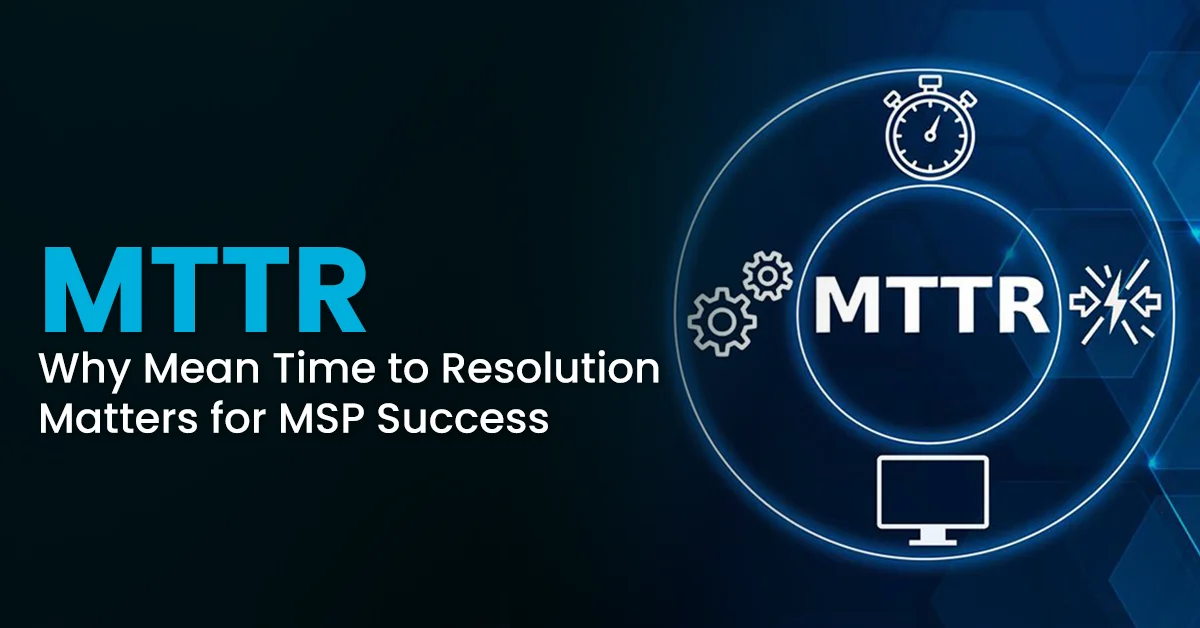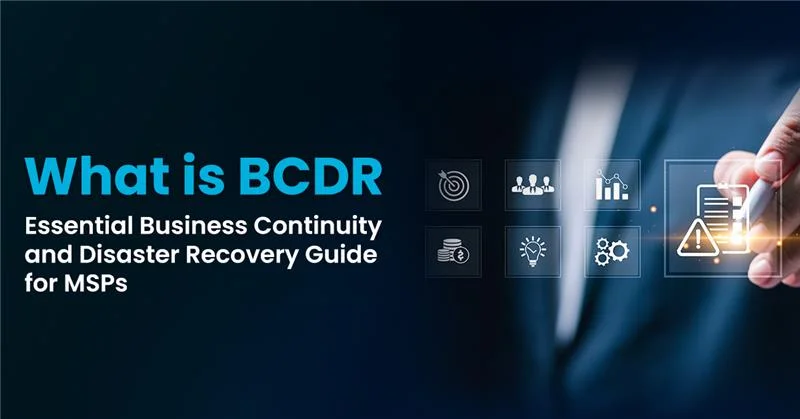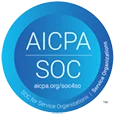In today’s fast-paced and highly competitive business landscape, the ability to lead effectively is more important than ever. Strong leadership doesn’t just drive success – it cultivates a culture of innovation, fosters collaboration, and sets the tone for the entire organization. But how do organizations ensure they’re selecting and developing the right leaders? Leadership assessments can help, but they should never be the sole determinant of leadership capability. Instead, these tools serve as a guide to help leaders recognize their strengths, identify areas for growth, and adapt their styles to better meet the needs of their teams.
What is Leadership Assessment?
Leadership assessment is a systematic process that evaluates the strengths, weaknesses, skills, and potential of leaders within an organization. By using tools such as surveys, interviews, 360-degree feedback, psychometric testing, and performance reviews, organizations can gain deep insights into their leadership team. However, it’s essential to remember that these assessments are not definitive judgments of leadership potential but rather opportunities for self-awareness and development.
Why Are Leadership Assessments Crucial for Building Profitable Teams?
1. Identifying Strengths and Opportunities
Leadership assessments offer a comprehensive evaluation of the skills and potential of individuals in leadership positions. By assessing attributes such as decision-making, communication, emotional intelligence, and strategic thinking, organizations can identify leaders who are excelling and those who may need further development. This clarity enables businesses to invest in the right leadership talent and align them with roles where they can have the most significant impact. Importantly, these assessments highlight opportunities for mentorship, where strong leaders can support the development of others.
2. Driving Business Growth
Effective leadership is at the heart of any business’s growth strategy. With leadership assessments, organizations can better understand how well their leaders are driving results, managing teams, and making key decisions. By identifying areas where leadership performance can be improved, businesses can align their leadership strategies with organizational goals, ensuring that leaders have the tools and capabilities they need to drive growth. However, leadership success is not determined solely by these assessments but by how leaders apply the insights gained to continuously develop their skills.
3. Creating Targeted Development Plans
Once leadership strengths and areas for development are identified, organizations can create targeted development plans for individual leaders. These plans might include coaching, mentoring, workshops, and further training designed to help leaders address gaps in skills and capabilities. With clear developmental goals, leaders can become more effective and better equipped to lead their teams toward success. Importantly, leadership assessments should not be used as rigid markers of ability but as catalysts for ongoing improvement and adaptability.
4. Fostering a Culture of Continuous Improvement
Leadership assessments aren’t just a one-time exercise – they are part of a broader strategy of continuous improvement. By regularly assessing leadership performance, organizations can ensure their leadership team is evolving in line with business needs and challenges. This ongoing feedback loop helps to create a culture of learning and development, where leaders are always striving to improve and enhance their skills. Assessments should be seen as tools for reflection and refinement, rather than final verdicts on a leader’s potential.
5. Aligning Leadership with Organizational Goals
It’s crucial that leadership capabilities align with the overall goals and vision of the organization. Leadership assessments allow businesses to ensure that their leaders not only possess the necessary skills but also share the values and vision of the company. When leadership is aligned with organizational goals, teams are more likely to work cohesively and effectively, driving overall business success. However, organizations must recognize that no assessment can fully capture the complexities of leadership; it is how leaders apply their insights that truly determines their effectiveness.
Actionable Strategies for Implementing Leadership Assessments
Implementing leadership assessments can seem like a daunting task, but with the right strategies, organizations can integrate them seamlessly into their talent management processes. Here are some key strategies for implementing effective leadership assessments:
- Leverage a Variety of Assessment Tools
Different leaders possess different strengths and weaknesses, so it’s essential to use a variety of assessment methods to get a well-rounded view. Combining tools like 360-degree feedback, personality assessments, and cognitive ability tests can give a comprehensive evaluation of a leader’s potential. However, results should be used as a starting point for development rather than a fixed measure of ability.
- Make Feedback Constructive and Actionable
The purpose of leadership assessments is not to criticize but to offer constructive feedback that helps leaders grow. Ensure that feedback is clear, specific, and actionable. By focusing on strengths while also addressing development areas, you help leaders feel empowered to improve. Assessments should be positioned as a growth opportunity rather than a pass/fail test of leadership capabilities.
- Create Personalized Development Plans
A one-size-fits-all approach doesn’t work when it comes to leadership development. Tailor development plans based on each leader’s unique strengths, weaknesses, and career aspirations. This personalized approach increases the likelihood of success and enables leaders to feel more engaged in their development. Recognizing that leadership is an evolving journey, assessments should guide this evolution rather than dictate it.
- Incorporate Assessments into Performance Reviews
Leadership assessments shouldn’t be a one-off activity – they should be incorporated into the regular performance review process. By making assessments a routine part of talent management, you create a culture where continuous improvement is expected and celebrated. However, these assessments should complement, not replace, holistic evaluations that consider experience, adaptability, and leadership impact.
- Foster a Culture of Accountability
Leadership assessments are most effective when leaders are held accountable for their development. Establish clear expectations for leaders based on assessment results and ensure that they have the support they need to achieve their goals. At the same time, organizations should recognize that leadership effectiveness is ultimately demonstrated through actions and results, not just assessment scores.
Conclusion: Building Stronger Leaders for Greater Success
Leadership assessments are a powerful tool for building stronger, more effective leaders who drive business growth and create high-performing teams. However, they should not be the defining factor in determining leadership potential. Instead, these assessments should serve as valuable guides, helping leaders understand their strengths, identify areas for growth, and refine their leadership styles to better meet the needs of their teams. When used as part of a broader strategy for leadership development, assessments can contribute to a culture of continuous learning, innovation, and success.
If you’re looking to take your leadership team to the next level, implementing a robust leadership assessment process—one that informs rather than dictates leadership potential—can be the first step toward transforming your business.

